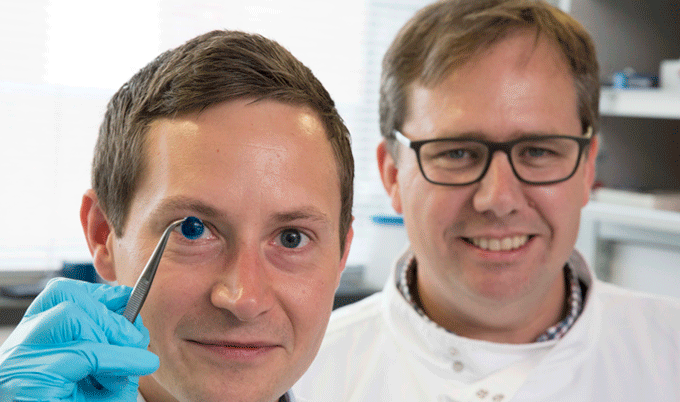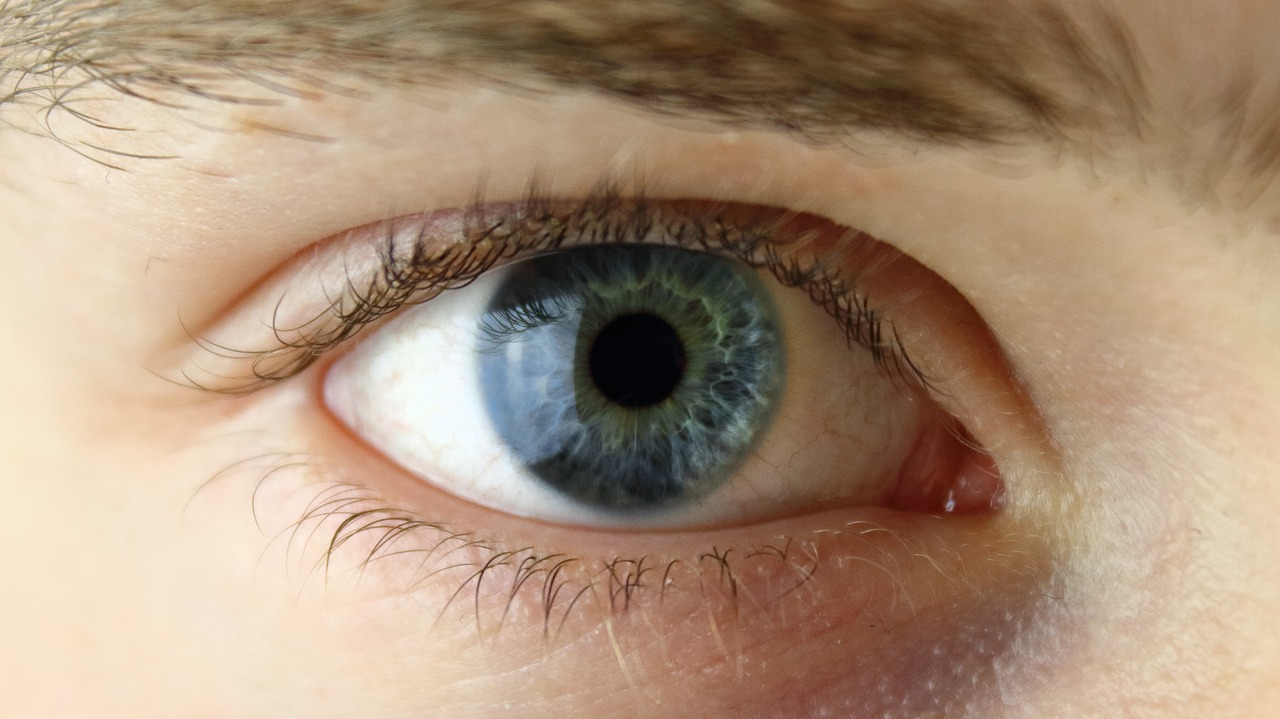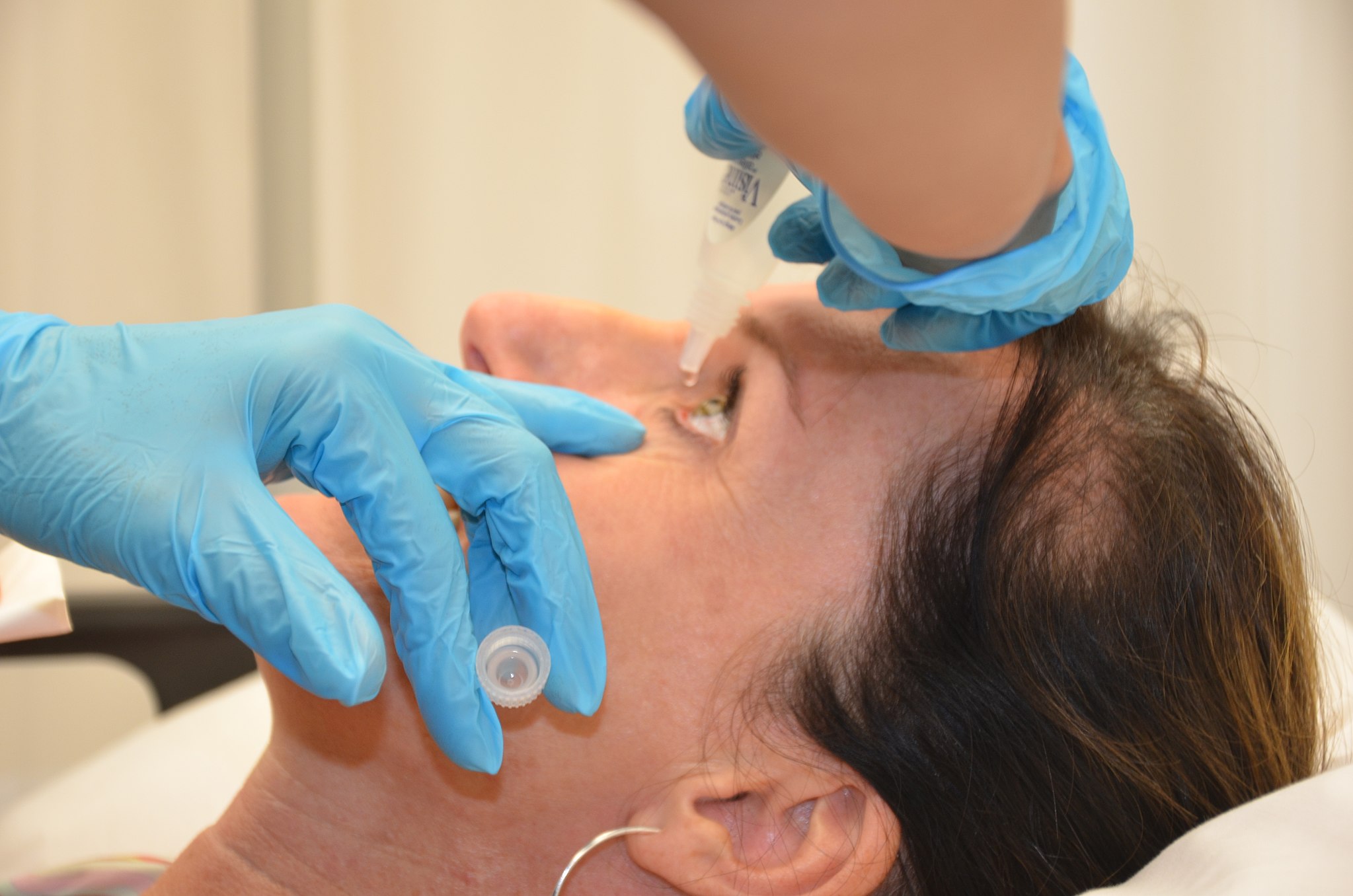Scientists at Newcastle University have found a potential solution to the global shortage of donor corneas for transplant: 3-D printed human corneas. According to the researchers – who published their proof-of-concept study in the journal Experimental Eye Research – their technique could be used to ensure a consistent and reliable supply of transplantable corneas and prevent blindness.
The cornea covers the surface of the eye and has an effect on the quality and acuity of an individual’s vision. Trachoma and other infectious diseases affect about 10 million people worldwide, with surgery to replace the cornea being the only option to prevent corneal blindness as a result. Burns, abrasions, lacerations and other conditions also affect nearly five million individuals leading to complete blindness.
In order to help alleviate our dependence on donor corneas to prevent blindness, the Newcastle research team collected human corneal stromal cells from a donor cornea and combined them with collagen and alginate, a polysaccharide found in algae, to create a bio-ink capable of being 3-D printed. Less than 10 minutes after the bio-ink was loaded into a 3-D printer, the researchers were left with a disc resembling a human cornea.
“Many teams across the world have been chasing the ideal bio-ink to make this process feasible,” said Che Connon, Professor of Tissue Engineering at Newcastle University. “Our unique gel – a combination of alginate and collagen – keeps the stem cells alive whilst producing a material which is stiff enough to hold its shape but soft enough to be squeezed out the nozzle of a 3-D printer. This builds upon our previous work in which we kept cells alive for weeks at room temperature within a similar hydrogel. Now we have a ready to use bio-ink containing stem cells allowing users to start printing tissues without having to worry about growing the cells separately.”
Since the shape of each person’s eye is slightly different, Connon and his team found they were able to customize the size of the 3-D printed cornea by inputting data into the printer from the patient’s ocular scan.
“Our 3-D printed corneas will now have to undergo further testing and it will be several years before we could be in the position where we are using them for transplants,” said Connon. “However, what we have shown is that it is feasible to print corneas using coordinates taken from a patient eye and that this approach has potential to combat the worldwide shortage.”
But despite the researchers’ success in their proof-of-concept study, Connan says many more studies, including human clinical trials, will need to be conducted before these 3-D printed corneas can be used in patients. For now, surgeons rely on donor corneas to transplant into those who have suffered ocular trauma.
“We are delighted at the success of researchers at Newcastle University in developing 3D printing of corneas using human tissue. This research highlights the significant progress that has been made in this area and this study is important in bringing us one step closer to reducing the need for donor corneas, which would positively impact some patients living with sight loss,” said Dr Neil Ebenezer, director of research, policy and innovation at Fight for Sight. “However, it is important to note that this is still years away from potentially being available to patients and it is still vitally important that people continue to donate corneal tissue for transplant as there is a shortage within the UK. A corneal transplant can give someone back the gift of sight.”











Join or login to leave a comment
JOIN LOGIN